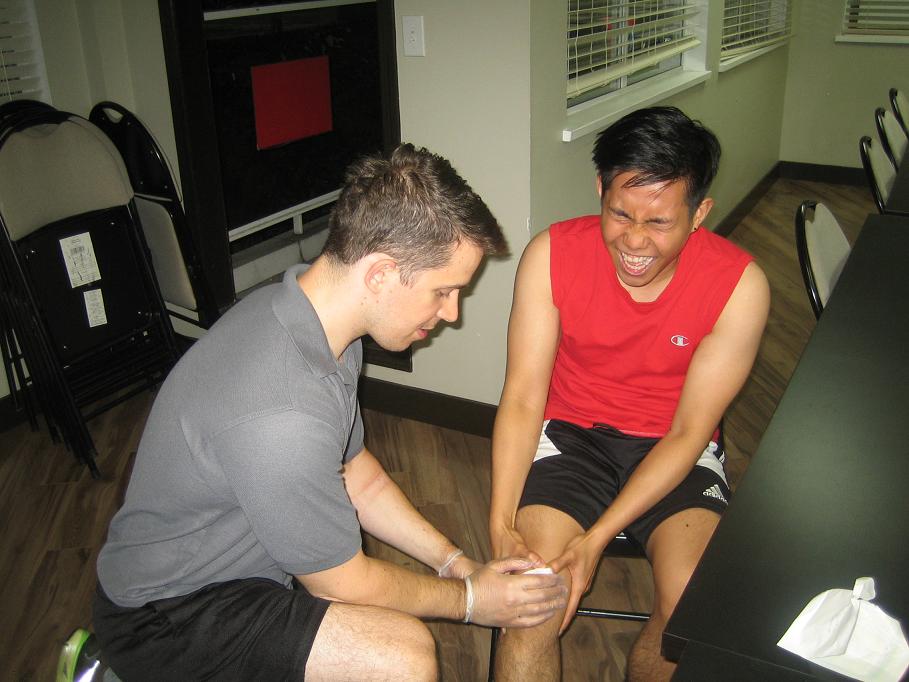Scabs are symptoms of skin infections, injuries and immune system skin disorders. Generally, it results from the healing process in which a new skin is growing over a damaged skin. They can also happen in conditions that affects one area of skin alone such as chickenpox, shingles and eczema.
Symptoms
- Crusting
- Bleeding or bruising
- Itchiness of the skin
- Burning sensations
- Thickening of the affected area
If blood is oozing from the wound, apply sterile non-adhering gauze over it. - Redness, warmth and swelling
- Pain or soreness
- Pus or discharge
- Malaise or lethargy
- Fever and fatigue
- Nausea and vomiting
- Nerve problems that result to numbness or tingling sensations
Causes
- Blisters, lacerations, abrasion or burns causes scabs as they heal
- Bacterial skin infection such as impetigo
- Injuries such as abrasions, burns, lacerations, lesions, blisters and insect bites cause scabs.
Treatment for a scab
- If blood is oozing from the wound, apply sterile non-adhering gauze over it. If is already soaking with blood, place another clean gauze over it until bleeding is reduced. Do not remove the gauze to prevent restarting of bleeding by pulling off the tissue that is starting to heal.
- If it starts to scab over, keep it clean and moist. Wash the affected area using soap and warm water and then rinse and gently pat it dry.
- Apply petroleum jelly over the wound after it is cleaned to keep it moist and for fast healing of the condition. Another alternative is applying antibacterial ointment is also good for the condition.
- After applying with antibacterial ointment, cover the area using a sterile non-adhesive bandage such as gauze and secured with a tape.
- Change bandages every day and maintain cleanliness of the affected area for fast healing of the condition.
- Avoid picking the scab to prevent scarring and makes the wound heal longer. Another alternative is massage the area using petroleum jelly or moisturizing lotion to lessen the itchiness before changing the bandage.
Alternative measures
- Apply warm compress on the affected area. Soak a cloth in warm water, and then let it remain in the scab for at least 15 minutes. Avoid rubbing or scrubbing the area. Warm compress will lessen the irritation and lessen the urge to scratch the scab. The warm water will moisturize the scab and for fast healing of the condition.
- Mix banking soda with few drops of water, mix them well until it becomes a paste. Apply the paste over the whole area of the scab and let it remain in the area until it becomes dry. Then rinse the area using warm water to tighten the scab and makes it easy to remove the scab from the skin. Another alternative is using alum. Alum is a form of aluminum salt used as deodorant and styptic or astringent. Alum will constrict surrounding blood vessels, tightens the scabs and loosen the scab from the skin.
FACT CHECK
https://www.healthline.com/health/how-to-get-rid-of-scabs

